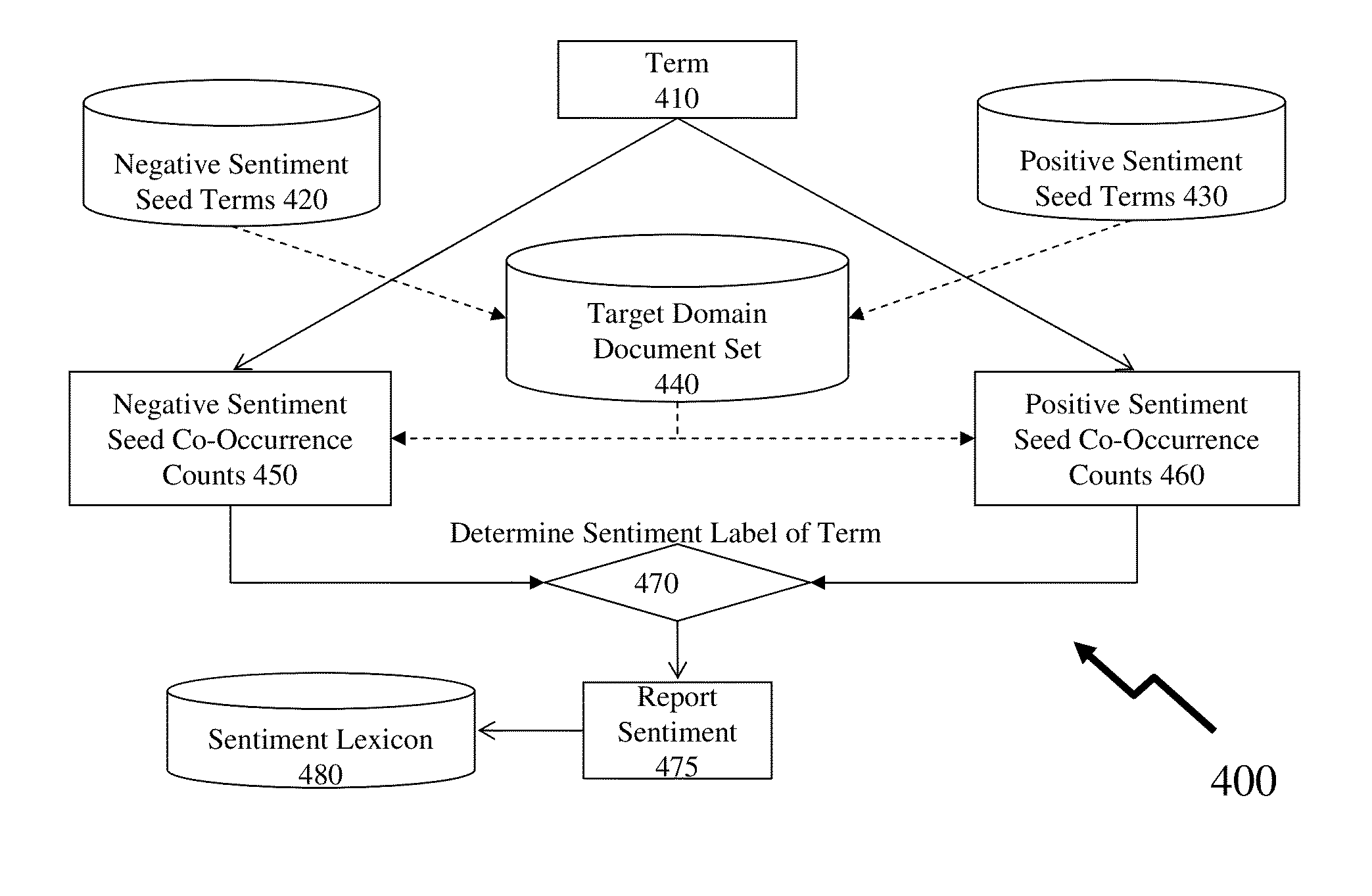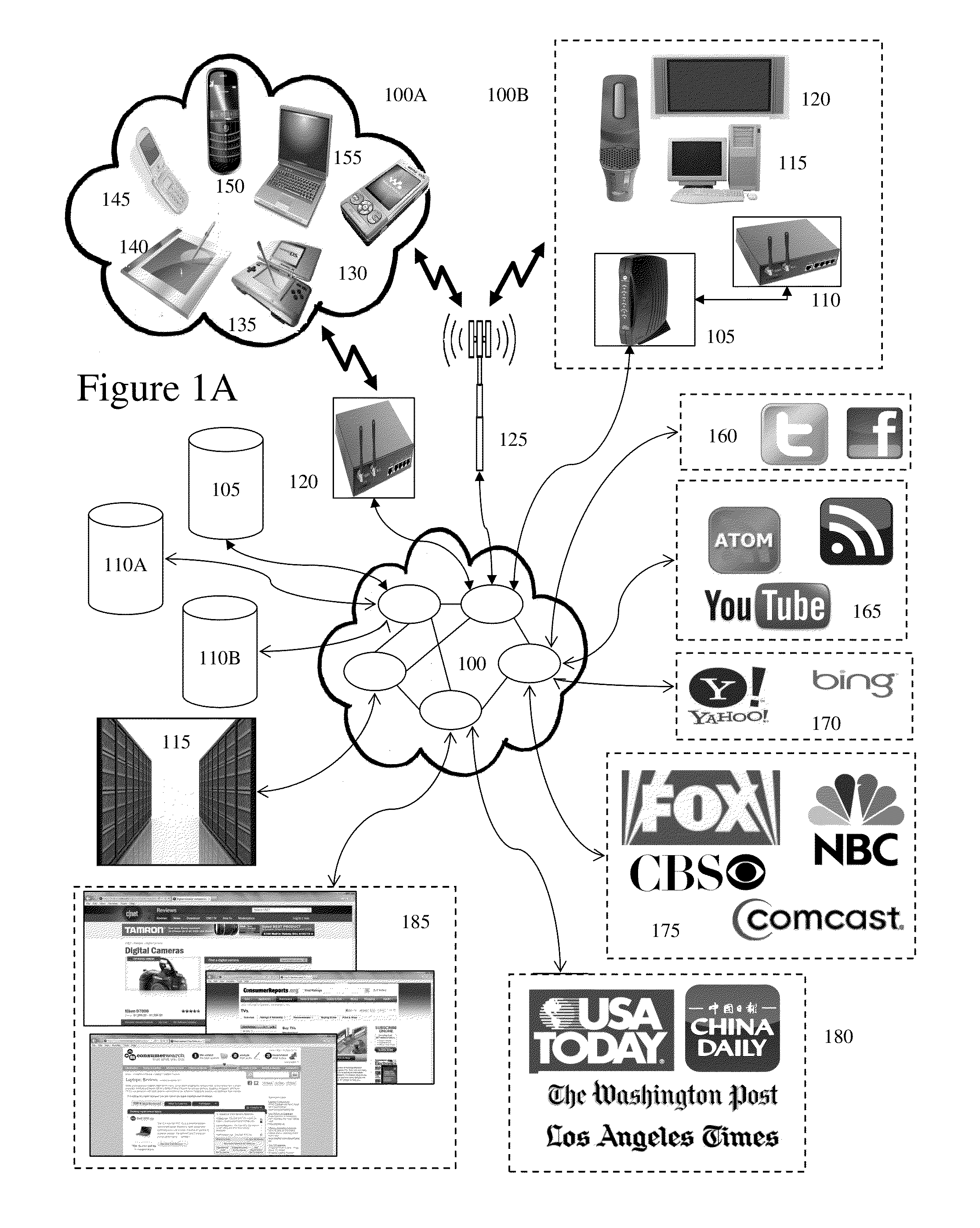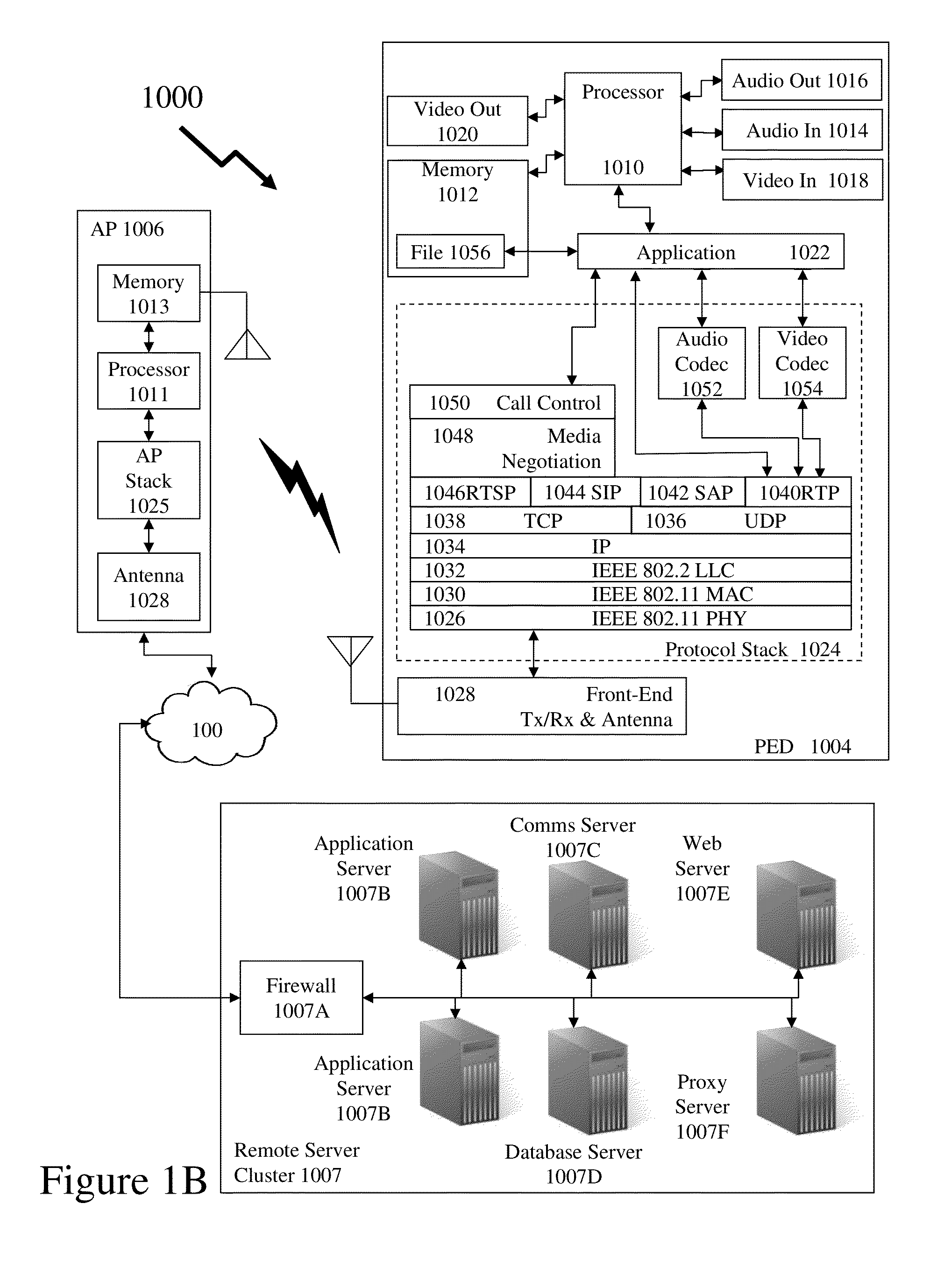Method and system relating to sentiment analysis of electronic content
a technology of sentiment analysis and electronic content, applied in the field of published content, can solve the problems of unfavorable machine learning classifier, no easy-to-understand method to describe, and no context provided to these occurrences with their contex
- Summary
- Abstract
- Description
- Claims
- Application Information
AI Technical Summary
Benefits of technology
Problems solved by technology
Method used
Image
Examples
Embodiment Construction
[0053]The present invention is directed to published content and more specifically to the processing of published content for users to associate sentiment to content, cluster content for review, and extract core text.
[0054]The ensuing description provides exemplary embodiment(s) only, and is not intended to limit the scope, applicability or configuration of the disclosure. Rather, the ensuing description of the exemplary embodiment(s) will provide those skilled in the art with an enabling description for implementing an exemplary embodiment. It being understood that various changes may be made in the function and arrangement of elements without departing from the spirit and scope as set forth in the appended claims.
[0055]A “portable electronic device” (PED) as used herein and throughout this disclosure, refers to a wireless device used for electronic communications that requires a battery or other independent form of energy for power. This includes devices, but is not limited to, su...
PUM
 Login to View More
Login to View More Abstract
Description
Claims
Application Information
 Login to View More
Login to View More - R&D
- Intellectual Property
- Life Sciences
- Materials
- Tech Scout
- Unparalleled Data Quality
- Higher Quality Content
- 60% Fewer Hallucinations
Browse by: Latest US Patents, China's latest patents, Technical Efficacy Thesaurus, Application Domain, Technology Topic, Popular Technical Reports.
© 2025 PatSnap. All rights reserved.Legal|Privacy policy|Modern Slavery Act Transparency Statement|Sitemap|About US| Contact US: help@patsnap.com



